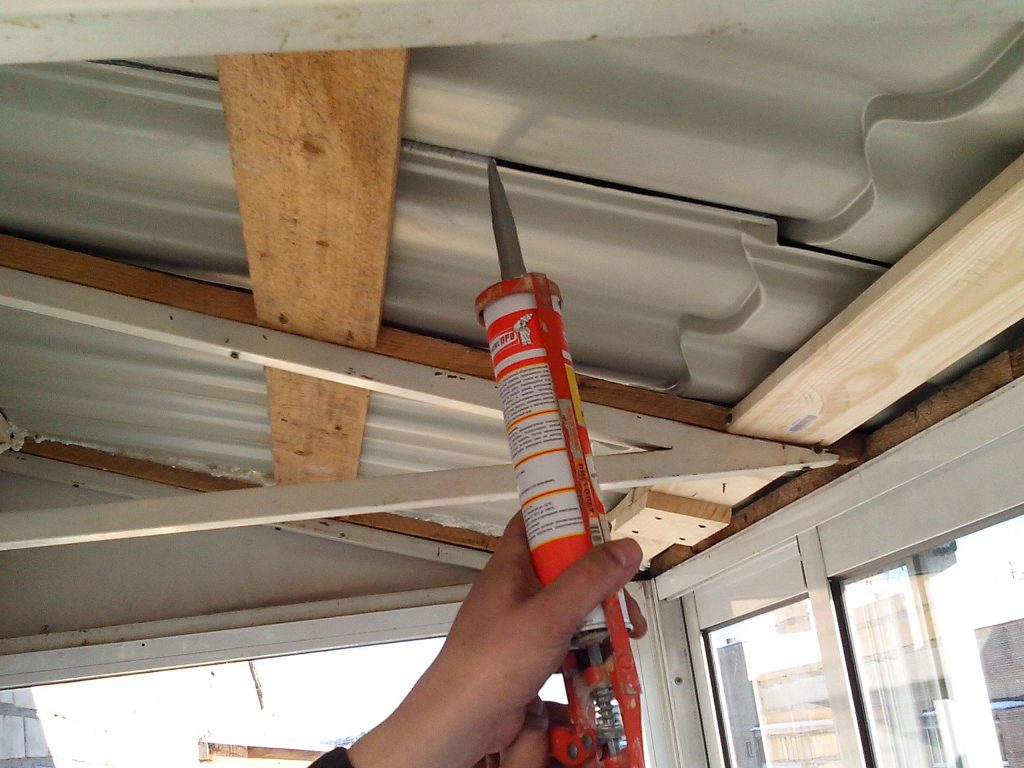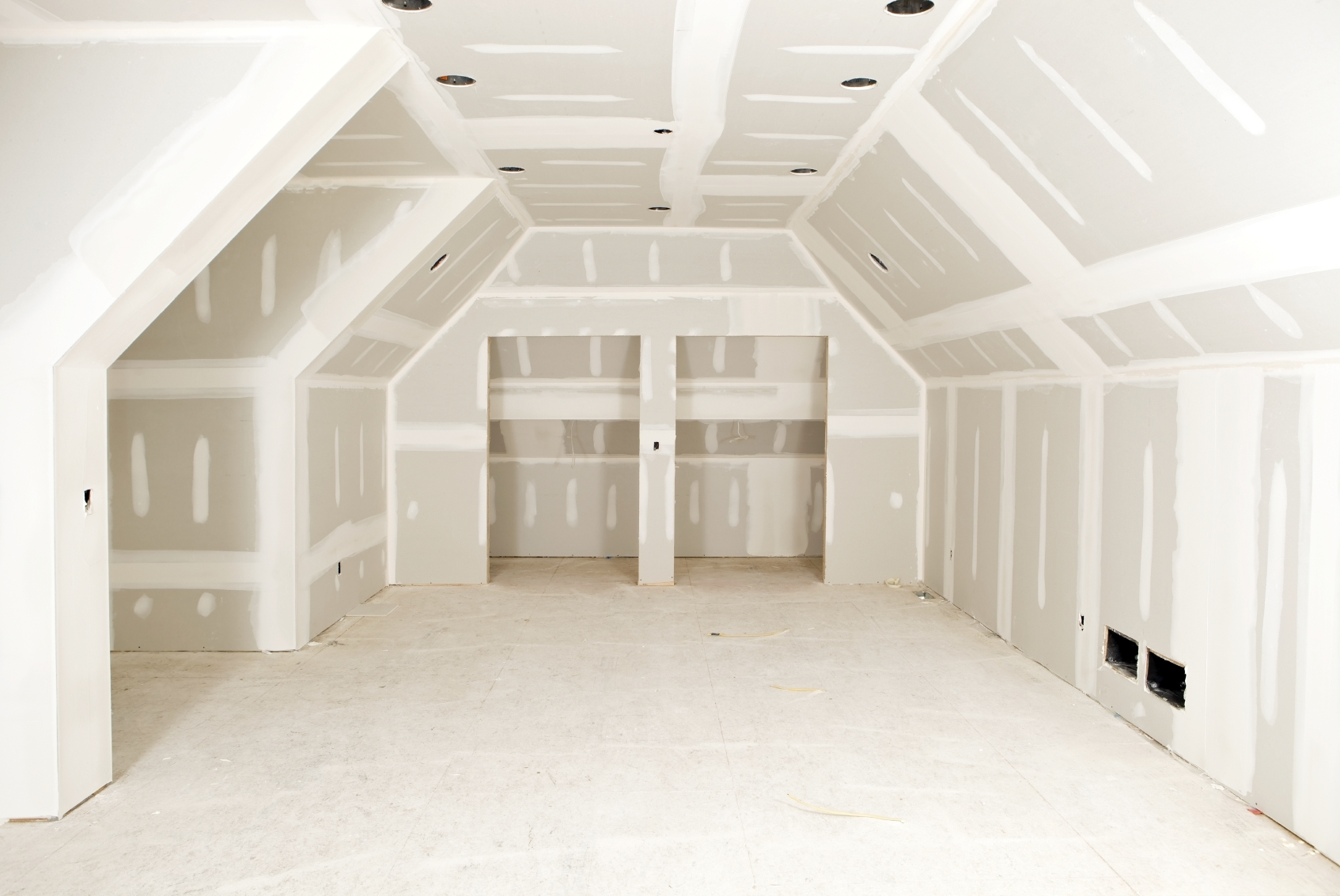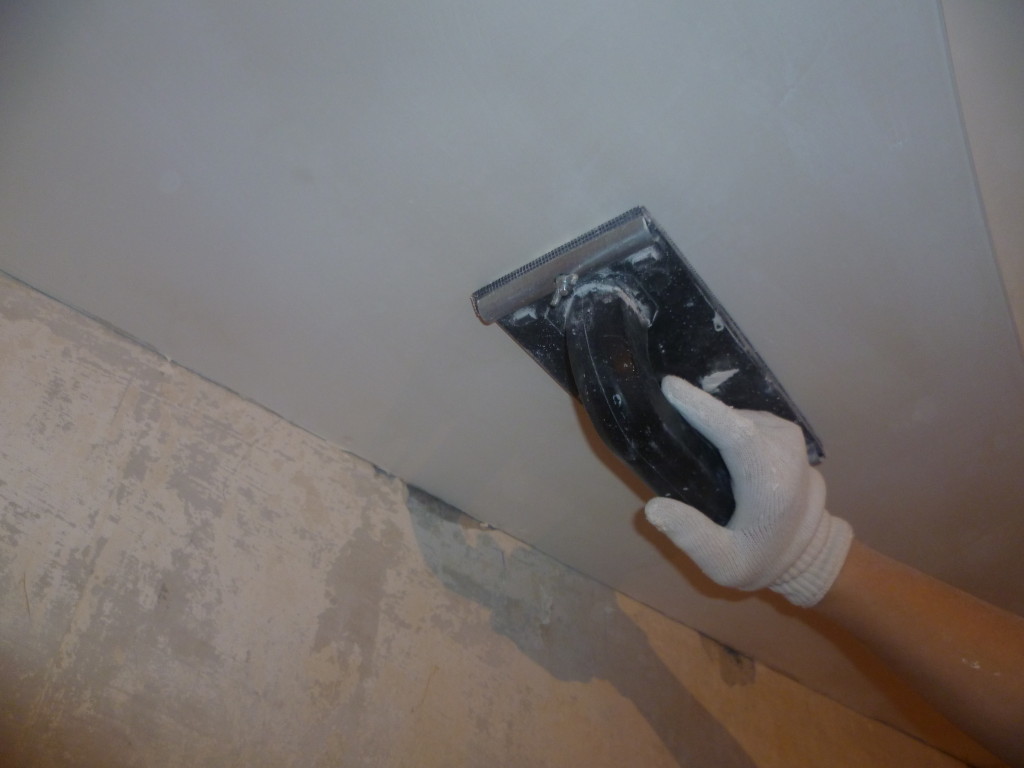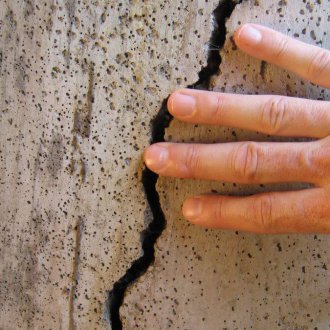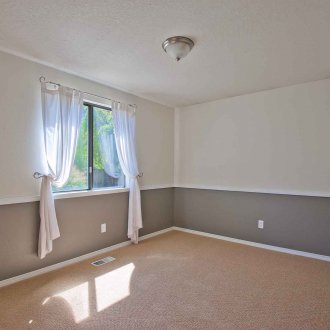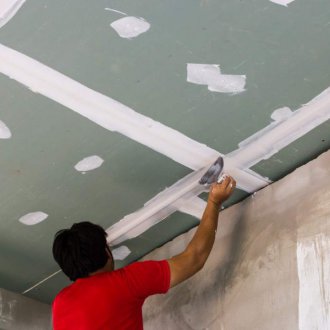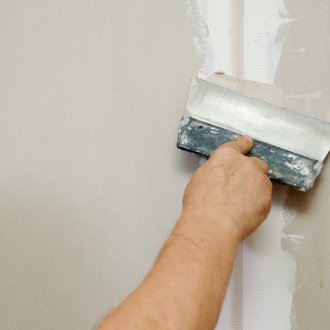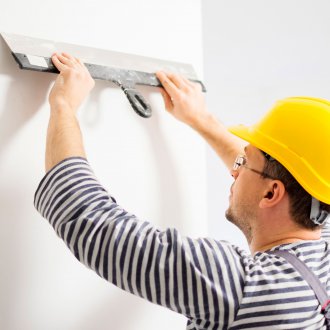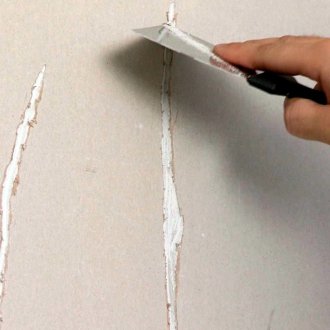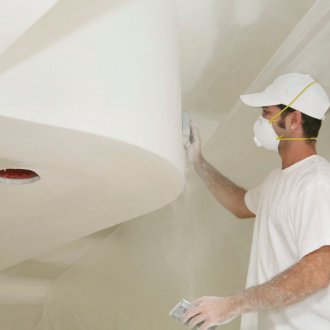How to remove cracks in the ceiling: professionals advise
Content
Alas, no one is safe from the appearance of a crack on the ceiling, and few people know what to do. Such a defect spoils the appearance of the entire room, not to mention the most recently made repairs. Typically, cracks appear at the butt joints of two concrete floor slabs, but even drywall structures are prone to such a problem.
The process of repairing cracks in the ceiling between the plates must be approached with the utmost seriousness. In the worst case, cracks will reappear or will be visible after they are closed.
Why do ceiling cracks appear?
Before closing a crack in the ceiling, you need to determine the exact cause of their occurrence. Usually it appears as a result of:
- Shrinkage at home;
- Sudden changes in temperature;
- Poor repair work.
If the house was built recently, then cracks in the ceiling appear due to the shrinkage of the building. In this case, it is not recommended to carry out their coating. Repair is best done in 3-4 years.
So that cracks do not appear during the repair work, it is necessary not only to cover them well, but also to better prepare the surface.
Subject to several conditions for ceiling repair cracks will not appear:
- Plaster mortar should be applied exclusively on a clean and dried surface;
- As a putty mortar, it is better to use a gypsum mixture;
- In the process of painting, you need to use a reinforcing mesh.
If cracks appeared on the ceiling, while there is a need to quickly hide them, then you can make a stretch ceiling. This finishing option is not affected by the shrinkage of the building.
Surface preparation for painting
First you need to clean the damaged area from exfoliating elements. If this is not corrected, then the crack will be hidden for a short time.
There is no need to be afraid to reveal the entire problem area, even if a lot of plaster will pour. It is better to hide a defect once effectively than to carry out unplanned repairs several times. The repair of the crack that has appeared is very dusty, so it is better to cover the furniture, appliances and other valuable items with a film in advance.
Putty defect closure
This method of removing cracks is considered the most common. For better puttying, you need to expand the defect. Formed "holes" should be well cleaned from dust and dirt, and then moisten with water.
To seal cracks in the ceiling with putty, you need to apply the material in minute portions several times. The amount of putty used will depend on the depth of the pothole.
Features of laying putty layers:
- The first portion of the mixture coat the bottom of the crack;
- The second portion should be distributed so that it fills 65-70% of the ceiling gap along the entire length;
- The last layer and its grouting are performed at the same level with the surface of the panel.
Each of the layers should be laid only after the previous work has completely dried.
To putty became more plastic, it is better to add PVA glue to its composition. By adding this component, the plaster needs to be consumed as quickly as possible, since its setting time is reduced.
PVA glue can be used as a primer.To use this option, it must be mixed with water and applied to the defective area. After that, you can begin to putty cracks.
Crack repair with sealant
If there is a crack in the ceiling after repair, then a good sealant will fix the situation. This repair option is considered effective in rooms where there is a high risk of leakage. In this case, preference should be given to moisture-resistant compounds, the structure of which resembles rubber. Such material will last longer than polyurethane foam.
If there are deeper cracks between the wall and the ceiling, then you can not do without the use of reinforcing mesh. You can use hair materials, a metal mesh or a “sickle”. As a reinforcing product, you can use a cotton cloth, which must be laid inlet on the edge of the defect. The fabric used must be washed, smoothed, dipped in glue and laid in a crack. When it is completely dry, the crack is sealed with putty. If there are small cracks, the ceiling can be repaired using high-quality plaster materials, provided that the defective areas are thoroughly cleaned.
Crack sealing on plasterboard ceiling
Plasterboard is considered to be the most popular material for decorating rooms, since it becomes possible to create a perfectly flat surface. Despite all the advantages of a gypsum plasterboard ceiling, you need to know how to eliminate defects, since there is no one hundred percent guarantee that no cracks will appear in the slab.
Most often, cracks appear in the repaired ceiling for the following reasons:
- In the process of shrinkage of the building;
- The use of dowels that can not withstand the load of the sheet;
- Wrong installation of the U-shaped profile;
- GKL installation error that was not resolved immediately;
- The ceiling surface was not primed;
- Flooding by the upper floor.
Before you remove cracks in the ceiling, you need to carefully prepare the surface.
To understand whether the ceiling will deform in the future, you need to stick paper beacons on the crack. If after a couple of days they do not burst, then you can repair cracks in the ceiling.
- If mistakes were made during the installation of the frame, you will have to change large sections of the ceiling.
- If you need to strengthen the frame, then you need to remove the entire GCR. In such cases, repair of an unfinished crack is carried out by the method of creating a primary ceiling. The new surface should be on par with other sheets, while the joints require careful sealing.
- If you need to repair a ceiling crack, then it must first be expanded using a knife and putty knife. As a result of jointing, the crack should be enlarged to about 10 mm wide.
- After that, it is necessary to clean the extreme part of the crack. This is done to better fix the putty on the surface of the drywall sheet.
Before performing repair work, the formed gap and the plane surrounding it must be cleaned of dust and primed ceilings.
GKL crack seal material
In order to eliminate cracks in the ceiling of drywall, you can use a simple putty, on which a special tape is glued. There are specialized putty mixtures for the use of which self-adhesive tape is not required.
Specialty putty has a better grip. After drying completely, it becomes very hard. This option is most suitable for sealing cracks and crevices on the plasterboard ceiling.
In the process of performing puttying work, it is necessary to press the spatula to the ceiling as much as possible. This is to prevent bumps. The end result should be an ideal crack-free ceiling that will not stand out against the background of the main drywall sheet.
To close the gap on the surface of the ceiling is necessary only after the putty is completely dry.In the worst case, the defect will increase and become much more serious.
A pre-treated slit is coated with a primer. A few hours later, a putty is applied with a wide spatula.
If the repair is done correctly, you get a perfectly flat surface.

